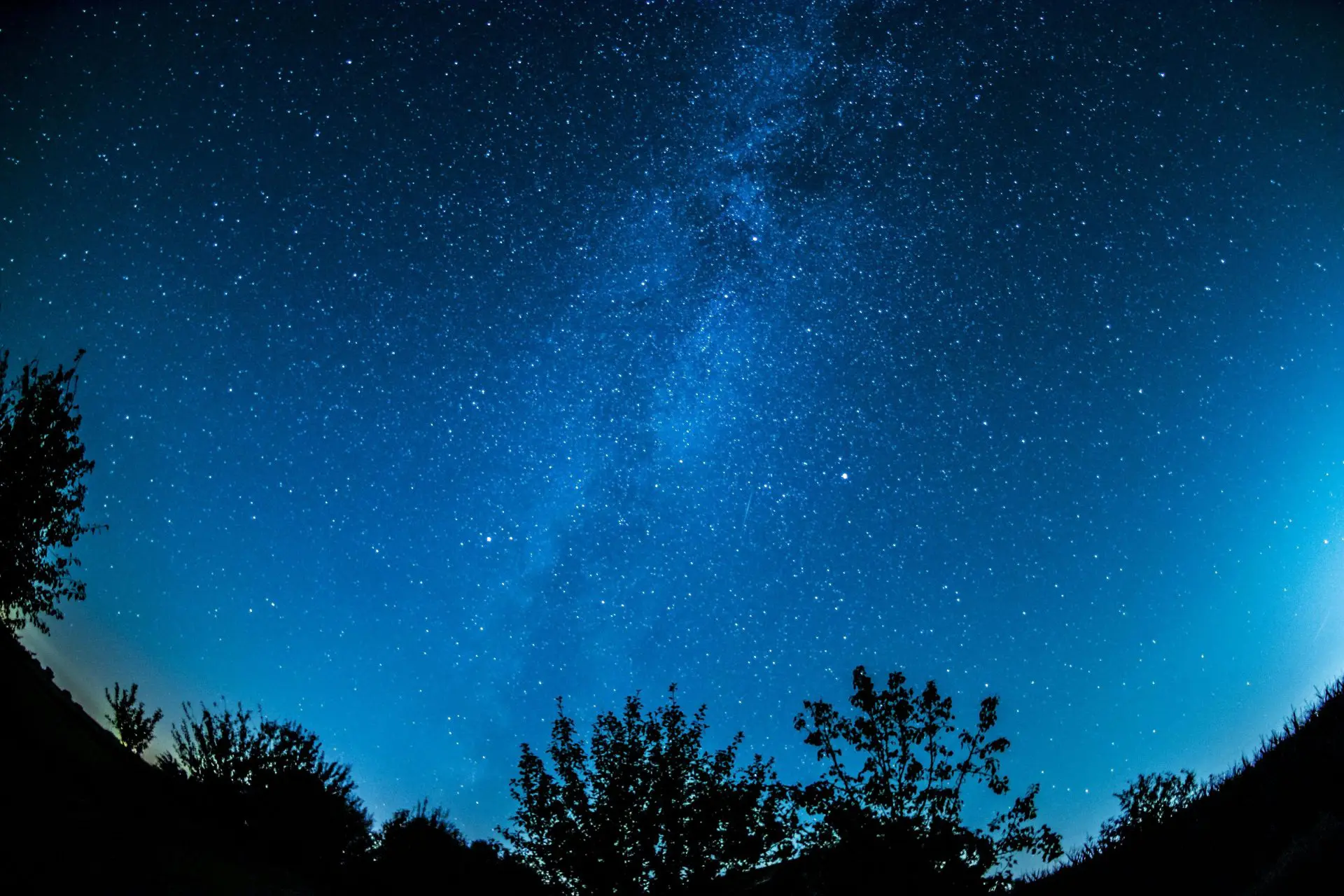Urban Wildlife Conservation: Challenges and Success Stories

Looking for more amazing products? Check out our online store and explore our collection here! Happy shopping!
Before diving in, please note: This post is for informational purposes only. If you’d like to know more about how we approach topics, feel free to check out our friendly Disclaimer Page.
Hey there, amazing readers! 
We’re committed to delivering quality posts, and your support (even just sticking around despite the ads) means everything to us. So, bear with us, and thanks for helping us keep the good vibes rolling. Now, on to the fun stuff!
TRANSLATE BUTTON AT THE END OF THE ARTICLE
Introduction: Urbanization & Wildlife Conservation
With the rapid growth of urban areas globally, the impact on wildlife conservation has become a pressing issue.
Urbanization brings about challenges for wildlife as their habitats are increasingly encroached upon by human development.
This conflict between humans and wildlife in urban environments poses a threat to the survival of many species.
It is crucial to find a balance between urban development and wildlife conservation to ensure the coexistence of both.
Human-Wildlife Conflict in Urban Areas
One of the significant challenges in urban wildlife conservation is the conflict that arises between humans and wildlife.
As urban areas expand, natural habitats are destroyed, forcing wildlife to seek food and shelter in urban settings.
This often leads to encounters with humans, resulting in conflicts such as attacks on pets, property damage, and even threats to human safety.
Finding ways to mitigate these conflicts is essential to ensure the well-being of both humans and wildlife.
Habitat Destruction in Urban Environments
Urbanization results in the destruction and fragmentation of natural habitats, which are essential for wildlife survival.
As cities expand, forests are cleared, wetlands drained, and grasslands paved over to make way for buildings, roads, and other infrastructure.
This loss of habitat puts pressure on wildlife populations, leading to declines in species diversity and abundance.
Protecting and restoring habitats within urban environments is vital for the conservation of urban wildlife.
Pollution Threats to Urban Wildlife
Pollution in urban areas poses a significant threat to wildlife.
Air pollution from vehicles and industries, water pollution from runoff and waste disposal, and noise pollution from urban activities can all have detrimental effects on wildlife health.
Pollution can contaminate food sources, disrupt breeding patterns, and cause respiratory problems in wildlife populations.
Implementing measures to reduce pollution and mitigate its effects on urban wildlife is crucial for their conservation.
Climate Change Impact on Urban Wildlife
Climate change is another significant challenge facing urban wildlife conservation.
Rising temperatures, changing precipitation patterns, and extreme weather events can disrupt ecosystems and affect wildlife populations.
Urban areas are particularly vulnerable to the impacts of climate change due to the heat island effect and increased exposure to extreme weather.
Adapting to these changing conditions and implementing strategies to protect urban wildlife from the effects of climate change are essential for their survival.
Success Stories in Urban Wildlife Conservation
Despite the challenges, there have been successful efforts in urban wildlife conservation.
Many cities around the world have implemented programs to protect and preserve urban wildlife.
From creating wildlife corridors and green spaces to promoting sustainable urban planning practices, these initiatives have helped to enhance biodiversity and promote coexistence between humans and wildlife.
By learning from these success stories, we can develop effective strategies for urban wildlife conservation.
Importance of Green Spaces in Cities
Green spaces play a vital role in urban wildlife conservation.
Parks, gardens, and natural areas within cities provide habitats for wildlife, corridors for movement, and opportunities for recreation and education.
Green spaces also help to improve air quality, reduce urban heat island effects, and enhance the overall quality of life for urban residents.
Preserving and expanding green spaces in cities is essential for supporting urban wildlife populations and promoting biodiversity.
Innovative Solutions for Urban Wildlife Conservation
Innovative solutions are being developed to address the challenges of urban wildlife conservation.
Technology such as wildlife tracking devices, remote sensing, and artificial intelligence is being used to monitor and manage urban wildlife populations.
Green infrastructure, such as green roofs and permeable pavement, is being implemented to create habitats and mitigate the impacts of urban development on wildlife.
Collaborating with stakeholders, including government agencies, NGOs, and local communities, is essential for implementing these innovative solutions effectively.
Community Involvement in Urban Wildlife Conservation
Engaging local communities in urban wildlife conservation efforts is crucial for success.
By raising awareness, providing education, and involving residents in conservation activities, communities can play a significant role in protecting urban wildlife.
Citizen science programs, community gardens, and wildlife-friendly landscaping initiatives are just a few examples of how communities can contribute to urban wildlife conservation.
Building partnerships with residents and empowering them to take action can lead to positive outcomes for both wildlife and people.
Balancing Development and Wildlife Protection
Finding a balance between urban development and wildlife protection is a key challenge in urban wildlife conservation.
Sustainable urban planning practices, such as smart growth, green building design, and wildlife-friendly infrastructure, can help minimize the impact of development on wildlife habitats.
Incorporating wildlife considerations into land use decisions, zoning regulations, and environmental assessments is essential for ensuring that urban development is compatible with wildlife conservation goals.
By integrating wildlife protection into urban planning processes, we can create cities that are sustainable and biodiverse.
Government Policies Supporting Urban Wildlife
Government policies play a crucial role in supporting urban wildlife conservation.
Legislation, regulations, and incentives can help protect wildlife habitats, manage human-wildlife conflicts, and promote sustainable urban development.
Creating wildlife corridors, designating protected areas, and implementing conservation programs are just a few examples of how governments can support urban wildlife conservation.
By enacting and enforcing policies that prioritize wildlife protection, governments can ensure the long-term survival of urban wildlife populations.
Future Challenges in Urban Wildlife Conservation
As urbanization continues to grow, the challenges facing urban wildlife conservation will become more complex.
Climate change, pollution, habitat destruction, and human-wildlife conflicts will continue to threaten urban wildlife populations.
Finding innovative solutions, engaging communities, and balancing development with wildlife protection will be essential for addressing these challenges.
Collaborating across sectors, sharing knowledge and resources, and prioritizing urban wildlife conservation in policy and planning decisions will be crucial for ensuring the survival of urban wildlife in the face of future challenges.
Conclusion
In conclusion, urban wildlife conservation is a critical issue that requires careful planning, collaboration, and innovation to address the challenges posed by urbanization.
By recognizing the importance of green spaces, implementing innovative solutions, involving communities, and balancing development with wildlife protection, we can create cities that support biodiversity and promote coexistence between humans and wildlife.
Government policies, community involvement, and strategic planning will be essential for ensuring the long-term survival of urban wildlife populations in the face of future challenges.
By working together towards common goals, we can protect and preserve urban wildlife for generations to come.

The Enlightenment Journey is a remarkable collection of writings authored by a distinguished group of experts in the fields of spirituality, new age, and esoteric knowledge.
This anthology features a diverse assembly of well-experienced authors who bring their profound insights and credible perspectives to the forefront.
Each contributor possesses a wealth of knowledge and wisdom, making them authorities in their respective domains.
Together, they offer readers a transformative journey into the realms of spiritual growth, self-discovery, and esoteric enlightenment.
The Enlightenment Journey is a testament to the collective expertise of these luminaries, providing readers with a rich tapestry of ideas and information to illuminate their spiritual path.
Our Diverse Expertise
While our primary focus is on spirituality and esotericism, we are equally passionate about exploring a wide range of other topics and niches 

To ensure we provide the most accurate and valuable insights, we collaborate with trusted experts in their respective domains 
Our blog originally focused on spirituality and metaphysics, but we’ve since expanded to cover a wide range of niches. Don’t worry—we continue to publish a lot of articles on spirituality! Frequently visit our blog to explore our diverse content and stay tuned for more insightful reads.
Hey there, amazing reader! 
Check out our store here and take a peek at some of our featured products below! Thanks for being awesome!











